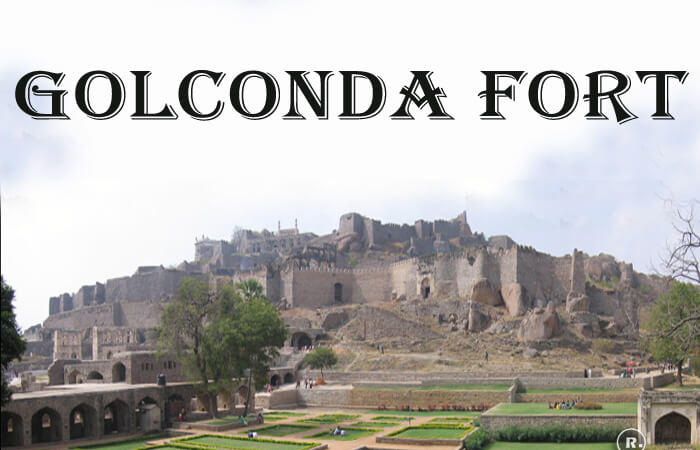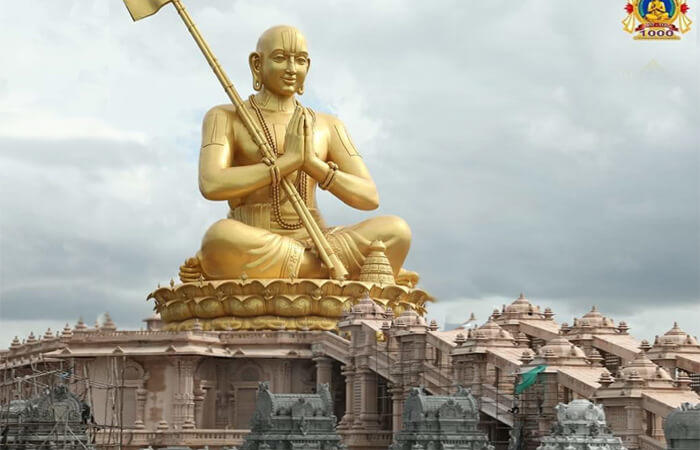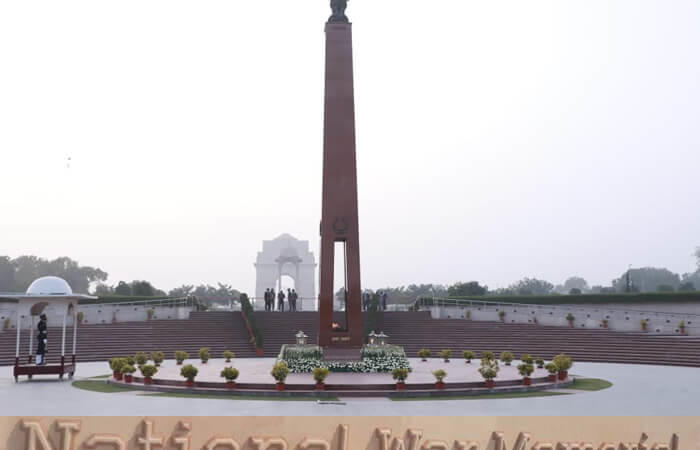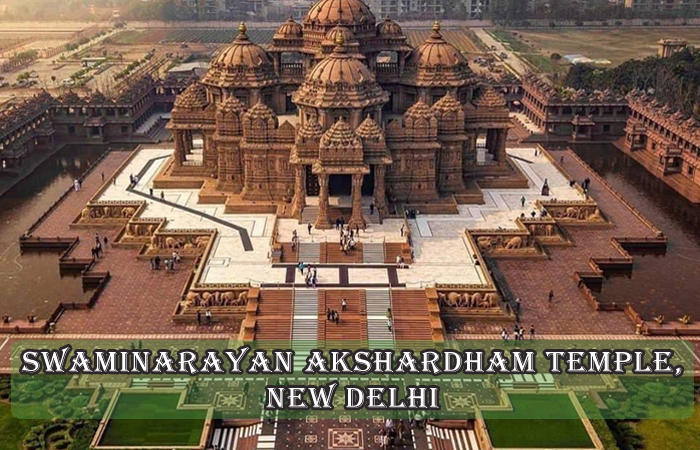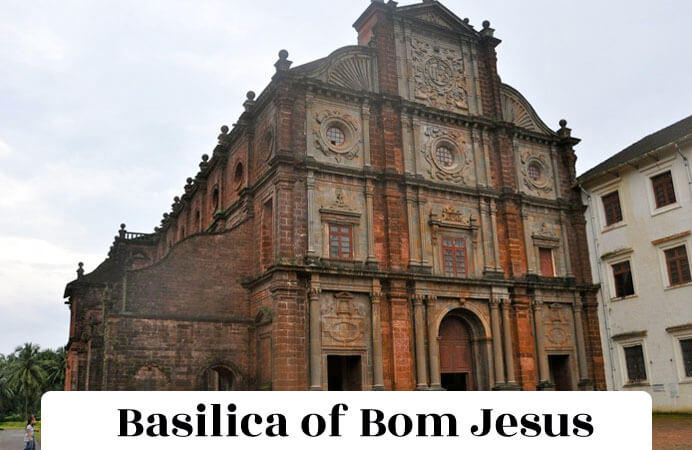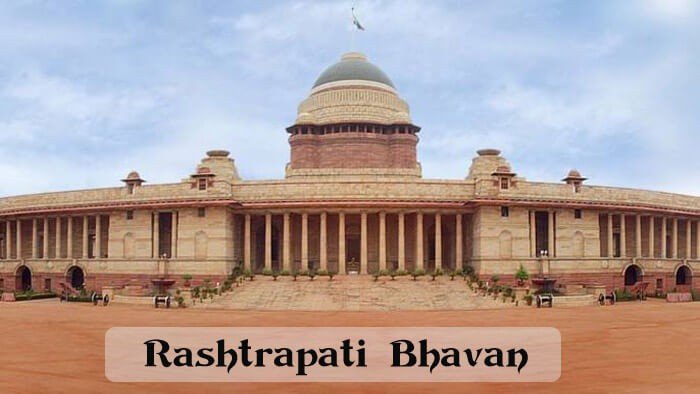History of Mehrangarh Fort of Jodhpur
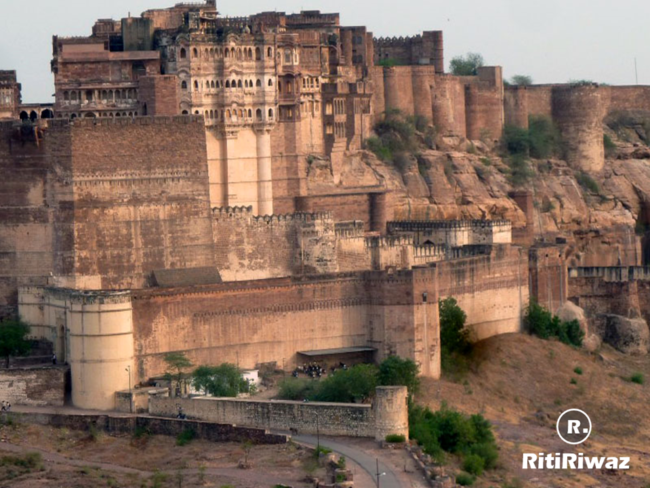
The Mehrangarh Fort is located in Rajasthan’s Jodhpur and it is included in India’s largest Kila. It was constructed by Rao Jodha in 1460, which is situated at an elevation of 410 feet from the city and attached to thick walls. Within its range, there are many palaces that are especially known for the complex carvings and the expensive patio.
There is also a curved road to the fort from the lower part of the city. The glare of the invasion by the soldiers of the cannon by the soldiers of Jaipur is still visible to us today. On the left side of this fort is Kirat Singh Soda’s umbrella, which was a soldier and who gave his life while protecting Mehrangarh Fort.
There are seven doors in this fort, which includes the Jaipal (meaning – victory) gate, which Maharaja Man Singh made after victory over the army of Jaipur and Bikaner. Fatehpal (meaning – win) Gate was built in the memory of the defeat of Mughloh, Ajit Singh. The palm marks found on the fort still attract us.
Mehrangarh Fort Museum is one of Rajasthan’s finest and most famous museums. In the department of the Museum of the fort, the old royal guardians are kept, which also includes the detailed domed Mahadol Palaki, which was won in 1730 by the governor of Gujarat, in the war. This museum also shows us the heritage of Rathore’s army, costumes, paintings, and decorated rooms.
History of Mehrangarh Fort
Rao Jodha, the chief of the Rathore dynasty, is credited with constructing Jodhpur in India. In 1459, he discovered Jodhpur (ancient times are known as Jodhpur Marwar). He was one of the 24 sons of Razal and 15th Rathore became the ruler. After one year of the merging of the throne, Jodha decided to establish his capital at Jodhpur’s safe place, because he believed that thousands of years old Mandore fort were not much safer for them.
With the dependable assistant Rao Nara (son of Rao Samra), the Mewar army was suppressed in Mandore. With this Rao Jodha also gave the title of Divan to Rao Nara. With the help of Rao Nara, the foundation of the fort was laid on 1 May 1459 on the rocky hill, 9 km away from the south of Mandor by Jodha. This hill was known as Bharchariya, the Mountain of birds.
According to Legend, he had displaced the place of human residents in the hills for the construction of the fort. The chieftain named Chariya Nathji was also called the God of birds. Later, when Charia Nathji was forced to flee from the hills, he cursed Rao Jodha and said, ‘Jodha! Maybe you will feel the lack of water in your bastion. ‘Rao Jodha was trying to satisfy them by making a home for the ascetic.
Also, for the purpose of settling the monks, they used to construct temples near the cave in the fort, which used to be used for religious meditation. But even then the effect of their curse still shows us in that area, every 3 to 4 years, sometimes there is a need for water.
According to Mehrangarh, Rajasthani language, according to Mihirgarh, later Mehrangarh was formed, the Sun God was the main deity of the Rathore kingdom. The fort was originally constructed by Rao Jodha in 1459, which was the Jodhpur producer.
Jodhwant Singh of Mewar (1638-78) in Jodhpur is still seen as a fort. But Mehrangarh Fort is built in the middle of the city and spreads 5 kilometers to the height of the mountain. Its walls are 36 meters high and 21 meters wide, which have protected Rajasthan’s historic palace and beautiful fort.
There are seven doors in this fort. The most famous of which is mentioned below:
• Jai Pol (Gate of Victory), was built by Maharaja Man Singh in 1806 in Jaipur and Bikaner in the victory of the war in joy.
• Fateh Pol was created in 1707 in the joy of victory over the Mughals.
• One-and-half kg pole, which still fears the bombing of guns.
• Iron poles, this is the last gate of the fort which is built in the main part of the fort complex. On the left side, there are the marks of the Raniyo, who sacrificed himself at the funeral of his husband, Maharaja Man Singh in 1843.
Within this fort, there are many beautiful painted and decorated palaces. These include the use of Moti Mahal, Flower Palace, Sheesh Mahal, Seleh Khan, and Daulat Khana. Also in the Museum of Fort, parents, costumes, musical instruments, royal palaces and furniture have been deposited. Artillery has been kept on the walls of the fort, which also attracts its four moons.

